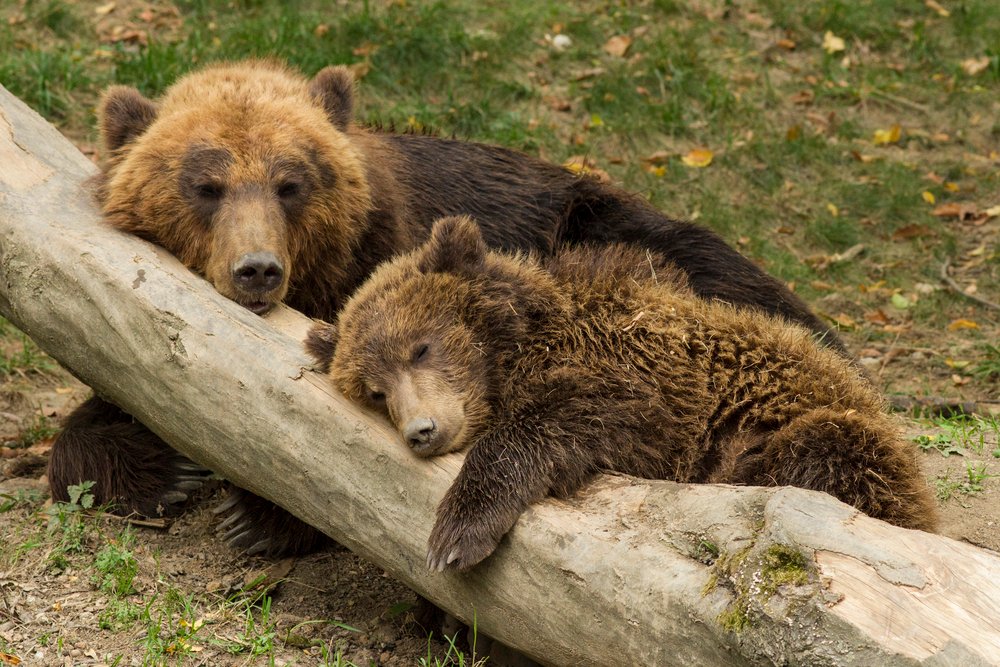Human-wildlife conflict is an ongoing challenge that threatens both biodiversity and human communities. As human populations expand into natural habitats, encounters with wildlife become more frequent, often leading to property damage, livestock loss, and even threats to human safety. Conversely, retaliatory killings and habitat destruction put wildlife at risk. In recent years, automation has emerged as a promising tool to mitigate these conflicts, offering innovative solutions that enhance safety and conservation efforts. This article explores how automation is helping to reduce human-wildlife conflicts, its long-term potential, and associated challenges.
The Scope of Human-Wildlife Conflicts

Human-wildlife conflict encompasses a wide range of interactions where the activities of humans and wildlife overlap, often leading to negative effects on both ends. Common scenarios include livestock predation by large carnivores, crop raiding by elephants or primates, and attacks on humans by aggressive animals on the fringe of habitats. Such conflicts have far-reaching implications, including economic losses for communities, injury or death for both humans and animals, and increased pressure on vulnerable species.
Automation: A New Hope

Automation offers a range of technologies that provide real-time monitoring, predictive insights, and effective deterrents. From AI-powered sensors to drones and automated deterrent systems, these solutions help prevent conflicts before they escalate, minimizing harm to both humans and wildlife.
Automated Monitoring Systems

One of the core applications of automation in reducing human-wildlife conflict is through advanced monitoring systems. Camera traps and sensor networks equipped with artificial intelligence can gather and analyze vast amounts of data, identifying animal movements and behaviors with high precision. These systems can send real-time alerts to farmers and communities, enabling them to take preventive action, such as using deterrents or safely retreating from a conflict zone.
Drones: Eyes in the Sky

Drones are another vital aspect of automation technology that aid significantly in wildlife management. Equipped with cameras and sensors, drones can cover large areas and provide aerial surveillance, which is particularly useful in hard-to-access or dangerous territories. Drones not only help in tracking animal movements but also in monitoring potential human activities that could lead to conflicts, ensuring timely intervention.
Automation in Deterrent Technologies

Automated deterrents represent an innovative approach to keeping wildlife away from human settlements and agricultural fields. For example, solar-powered, automated firecrackers or sirens can be triggered when sensors detect approaching animals, scaring them away from dangerous areas. Additionally, systems such as automated lighting, ultrasonic sound emitters, and even robotic guards are being explored and implemented in various regions to ensure human and animal safety.
Data-Driven Decision Making

Automation generates huge amounts of data that can be analyzed to make informed decisions about wildlife management. Machine learning algorithms can identify patterns and predict future conflict hotspots, allowing conservationists and authorities to deploy resources more effectively. Data-driven insights also aid in understanding animal behavior and ecosystem dynamics, contributing to better planning and implementation of conflict mitigation strategies.
Challenges and Considerations

While automation presents promising opportunities, there are challenges and ethical considerations that need to be addressed. High costs and technical expertise can limit the deployment of these systems in low-income regions. Potential privacy concerns and the cultural acceptance of technology in community-centric wildlife regions also play a significant role. Furthermore, the over-reliance on automated systems may lead to complacency in traditional conservation efforts.
Conclusion

Automation is transforming human-wildlife conflict mitigation by enhancing monitoring, enabling real-time responses, and developing innovative deterrents. As technology advances, its potential to foster coexistence between humans and wildlife will continue to grow. However, successful implementation requires addressing financial, ethical, and cultural challenges while ensuring that automation complements, rather than replaces, traditional conservation efforts. By integrating technology with sustainable conservation strategies, we can create a future where both humans and wildlife thrive.




